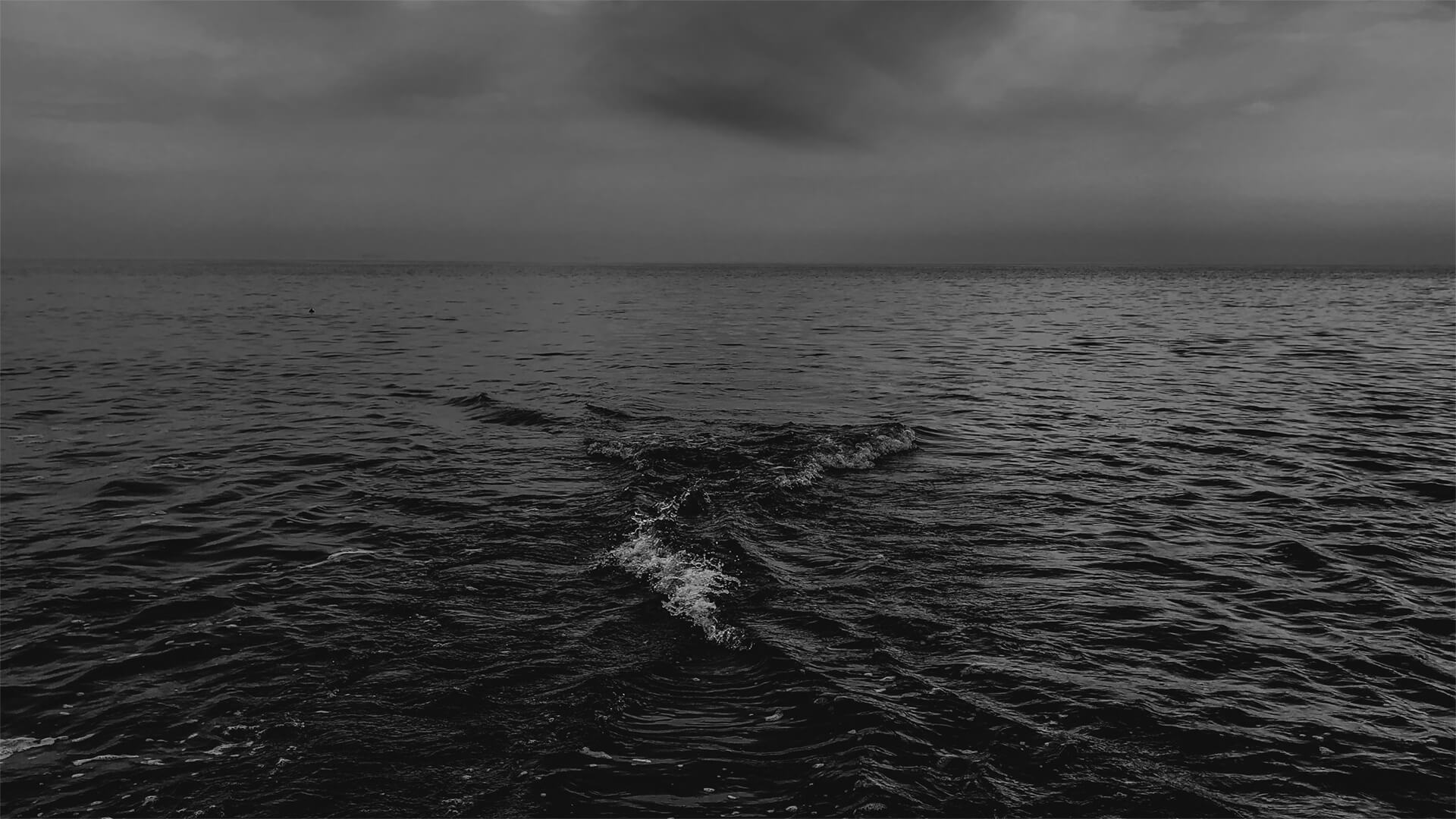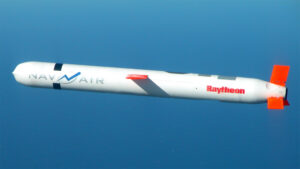The Ukrainians have made some huge strides in the maritime theater and have poked some eyebrow raising holes in Russia’s naval capabilities.
The first thing of note is the sinking of a Russian patrol vessel by Ukrainian drones. This drone strike took place farther east than other attacks, bringing Russian detection capabilities into question.
The second incident was the sinking of a Russian landing ship. This further hampers Russia’s ability to reinforce Crimea and shows just how vulnerable Russian naval assets might be.
These attacks suggest a shift in Ukrainian strategy, targeting Russian naval assets with drones. While the war that on land has been a drawn out series of give and take, the maritime theater is heating up.
Here at Zeihan On Geopolitics we select a single charity to sponsor. We have two criteria:
First, we look across the world and use our skill sets to identify where the needs are most acute. Second, we look for an institution with preexisting networks for both materials gathering and aid distribution. That way we know every cent of our donation is not simply going directly to where help is needed most, but our donations serve as a force multiplier for a system already in existence. Then we give what we can.
Today, our chosen charity is a group called Medshare, which provides emergency medical services to communities in need, with a very heavy emphasis on locations facing acute crises. Medshare operates right in the thick of it. Until future notice, every cent we earn from every book we sell in every format through every retailer is going to Medshare’s Ukraine fund.
And then there’s you.
Our newsletters and videologues are not only free, they will always be free. We also will never share your contact information with anyone. All we ask is that if you find one of our releases in any way useful, that you make a donation to Medshare. Over one third of Ukraine’s pre-war population has either been forced from their homes, kidnapped and shipped to Russia, or is trying to survive in occupied lands. This is our way to help who we can. Please, join us.
TranscripT
Hey everyone. Peter Zeihan here coming to you from a snowy Colorado morning. There are two recent things that have gone down in the maritime theater in Ukraine that I think are worth stitching together. The first is that around midnight of March 4th, the fifth, a patrol vessel, Russian patrol vessel. The name escapes me was sunk by a bunch of waves, water, drones, basically.
The reason this matters is it happened a lot further away from the places where most of the drones have hit Russian water assets in the past. The Ukrainians really don’t have much of a coastline anymore. It’s really just far western Ukraine on the west side of the Crimean peninsula. And so when vessels are used to there, the they become in range of these UAV swarms that Ukraine have been launching with greater frequency.
But that’s not where this patrol ship was. It was on the far eastern side of Ukraine near the Kerch Strait Bridge. So that’s about 300 miles from any potential launch point. And that meant that the waves had to cruise by pretty much every naval asset the Russians had in order to get them to where they needed to go.
So either they’re getting quieter or there’s a lot of more holes all along the Russian detection perimeter or both. Also, it’s in the vicinity of the bridge. So if you want to say that this is a shaping operation in order to strike the bridge directly, you know, that’s a reasonable concern. The other thing that’s unique is this is a relatively new vessel.
Patrol ships are pretty small but designed for anti-insurgency, clearly not doing that job very well. And if there is a type of vessel that’s going to be decent at shooting down drones, it’s going to be something like this that’s relatively small in the first place so it can shoot down into the water. And apparently none of that worked.
The thing sank. The second vessel to go down, went down a couple weeks ago, I believe it was February 1415, and it was a landing ship. Now, landing ships are used to deliver military cargo to areas that don’t necessarily have excellent port facilities. The idea is you can just kind of pull up to the shore, drop off everything you need, and then take off again.
The reason that these are really important in any sort of operation is because it means you’re not beholden to civilian or military infrastructure. You don’t have to wait for a port slot to be available. And if you’re at a port slot, obviously the enemy knows where you are. Also, you know, you’re not talking about things like cranes being required.
You can just roll right off. The Russians brought a half a dozen of these into the Black Sea just before the war. This is one of the reasons why the folks in the military community were pretty sure the war was going to happen this time. And the Russians began with about a half a dozen in theater. So 12 total.
Now, this was the fifth one that was sunk. It was called the Scissor Hulk kind of politics for pronunciation. Anyway, well, when the seas are went down, they basically down to 50%. And with that, that means the Russians are dependent on either civilian transports, which do not do well in a war zone at all, or a single thread of supply coming across the Kerch Strait Bridge that is now no longer being transported by rail for the most part, mostly by truck.
You take these two together, the Russians are losing the ability to reinforce Crimea by the water and the Ukrainians are demonstrated that they’re able to strike targets in the vicinity of the bridge, which would inhibit the Russian ability to supply by land. And if Crimea loses the ability to supply them, this war changes very quickly, regardless of what happens with the Ukrainian army and the U.S. Congress.
Now, there’s obviously lots, lots, lots more going on there. And the fog of war remains, as ever in place. But it does seem that the Ukrainians have adapted to the lower flows of equipment from the United States by getting more creative with their military tactics and going after vulnerable targets, in this case, naval assets that no one before the war would have ever thought were the vulnerable side of the Russian war machine.
So we’re probably going to see more and more of this going on, because while the Ukrainians are having a hard time getting Howitzers, they’re having no problem getting jet skis. And basically they modified jet skis and things like them in order to make these maritime drones. So the pressure on the naval aspect of the Russian assault, as all of a sudden kind of surprisingly emerged as a critical component in the near term.
As for what’s going on on land, that is largely a function of the U.S. Congress, and we will address that in the next video.







